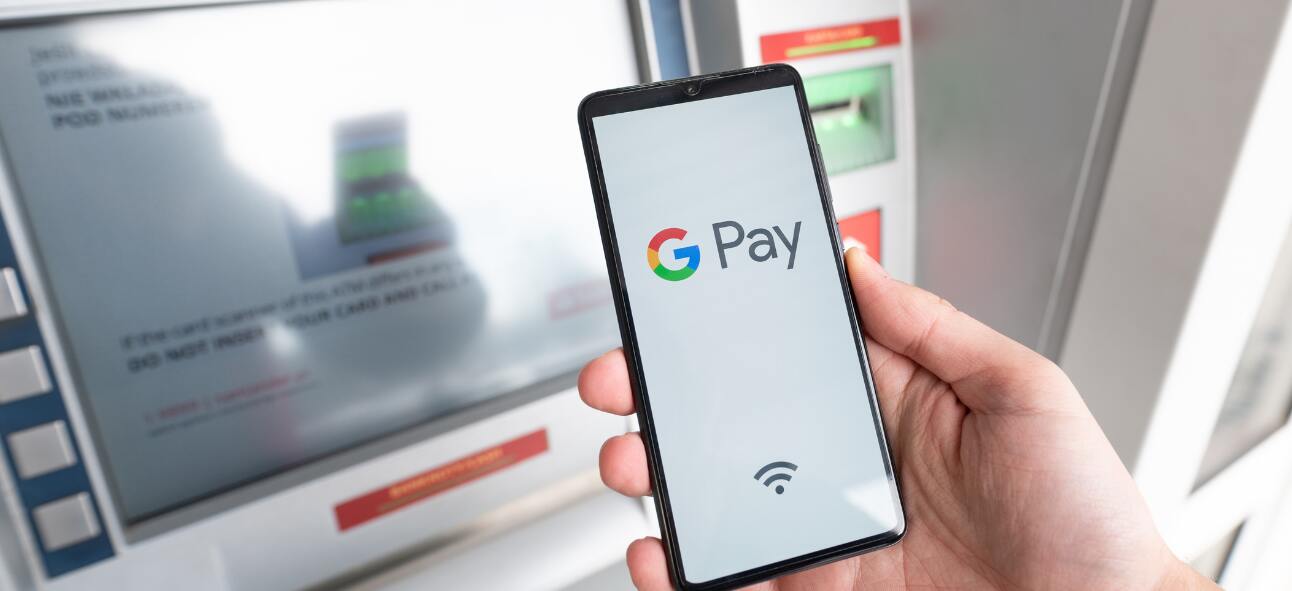Cross-border e-commerce in Europe is growing steadily. More shoppers in the region are shopping from sellers outside their home country. According to recent studies, 74% of internet users in the EU shopped online in 2021. 32% of these consumers bought goods from sellers in other EU countries. If you are a merchant in Europe, overseas markets can unlock revenue opportunities for your business and help you build a loyal customer base. But this calls for understanding your buyers’ habits and preferences, including how they like to pay. Knowledge of local payment methods and how they work can help you craft the right strategy to reach buyers and delight them. Google Pay is one such payment method that has gained significant traction across markets. It is now the most widely used digital wallet in Europe, after Apple Pay.
Recent data shows that the largest number of people making online payments using Google Pay live in Russia (29%). In second and third place are Mexico and Poland. 28% of the surveyed people from these countries pay online using Google Pay. Shoppers from Russia (29%), Poland (28%), Brazil (27%), Finland (19%) and other countries use this payment for online payments more often than Apple Pay. Read on as we unpack all that you need to know about this e-wallet that is taking Europe by storm.
So, what is Google Pay?
Google Pay is a digital wallet and mobile payment system that enables merchants to accept fast and easy payments, both in-store and online. This payment allows shoppers to pay easily and quickly using their smartphone (or tablet, smartwatch). It has higher acceptance rates when compared to cards. This payment type is supported on Android and iOS devices. This payment method stores a customer’s credit, debit, gift card, and loyalty information in their Google Account. This allows for faster payments online. All customer data is stored on Google’s system rather than on the user’s device. Sensitive payment data is tokenized for safekeeping. This allows for a one-touch checkout experience for millions of Google users.
How does it work?
Google Pay lets users pay with their smartphones or mobile device (tablets or smartwatches) to make payments quickly and on-the-go. When paying in-store, the user opens the app on their phone and scans the merchant QR-code at checkout. They verify the payment using a password PIN or biometric scan. While paying online on the merchant’s e-commerce website, they pay with the click of a button. Google Pay is free of charge for both merchants and customers.
What are benefits of Google Pay?
1. Faster and Contactless Checkout
Customers can pay quickly for their purchases without swiping cards, touching buttons, or typing details. Since payments with Google Pay are zero-touch and instant, customers can easily with just their phones. This makes paying for goods and services much more seamless. If a customer are already logged into their Google account, then this payment type becomes the natural choice to pay for their purchases. They can use the payment info that is saved on their Google Account and synced across all their devices, to check out quickly. This reduces cart abandonment and encourages repeat purchases.
Google Pay stores the customer’s payment data in the form of tokens, which can be called up during later purchases, making payments instant. They also have higher acceptance rates. This means faster checkouts and shorter queues, thus reducing friction.
2. Better Security and Fraud Protection
Google Pay boasts if multiple security features to keep merchants safe from fraud and costly chargebacks. Data from WorldPay found that digital wallets like Google Pay have more than 99% lower chargeback volume over cards. Google Pay uses tokenization, which converts sensitive card data into a set of random numbers which are secure from hackers. It also uses Device Primary Account Number (DPAN) for added security.
The e-wallet also uses biometric authorization and virtual account numbers in place of actual credit or debit data. This keeps private financial data secure from unauthorized access.
3. Boosts Customer Loyalty
Merchants can use this payment to link loyalty and rewards programs to build relationships with their customers and boost loyalty. Merchants can also send real-time reminders to customers to use their loyalty cards. This increases the chances of repeat business.
4. It is Free of Cost
Google Pay is free of cost for merchants and consumers. Customers also do not pay any extra transaction fees when they use Google Pay to shop. However, cash transfers to debit cards are charged.
How to accept payments using Google Pay?
Google Pay easily integrates with many Payment Service Providers (PSPs). Speak to your PSP to add this payment option to your payment gateway options. You will also need a merchant ID – you can get this when you sign up with the Google Pay Business Console. The next step would be to add this payment to your checkout process, for which you will need to add APIs on your website. Your developer team (or your PSP) can help you integrate it to your web shop. Once Google approves the integration, you will be able to start accepting payments using Google Pay. You will also need to train your teams to accept this payment and troubleshoot common issues when they come up.
How can Novalnet help?
A global PSP like Novalnet can advise you on what steps you need to take and help you address your payments-related challenges. We are a trusted partner for global brands. Our state-of-the-art technologies – from instant payment plug-ins to AI-based risk management tools – have been helping Europe’s leading brands solve complex payment challenges and delight customers. Reach out to us today to know more.
Jose Augustine is the Chief Business Development Officer at Novalnet with extensive experience in European payment industry and a knowledge powerhouse.










